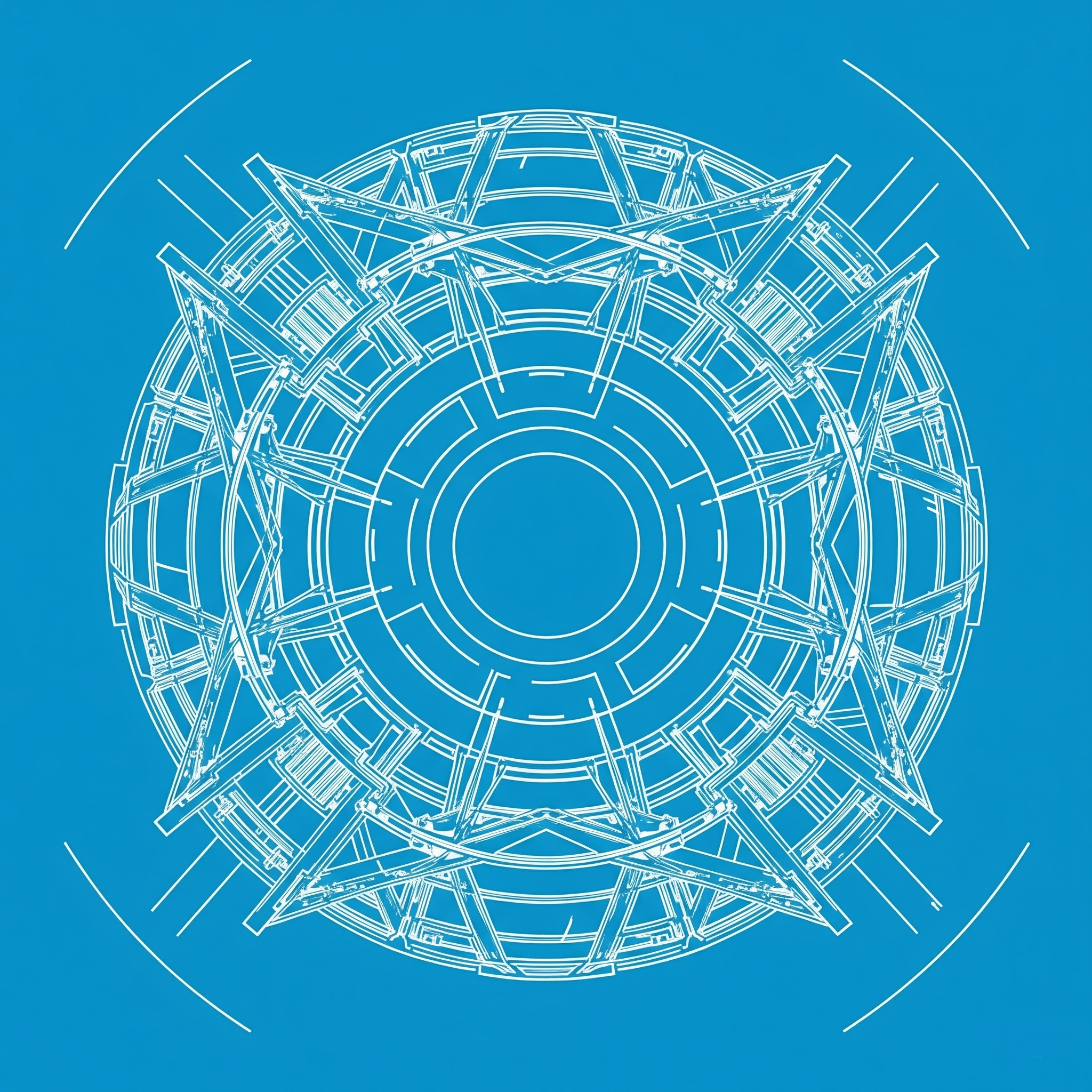What 18 Years in a Classroom Taught Me About Defence in Depth

For nearly two decades, my world was defined by lesson plans, pastoral duties, and the controlled chaos of a boarding school. As a Housemaster and Computer Science teacher, my core function was to create a safe and structured environment where students could thrive. When I also took on the role of Network Manager and began leading the school through its Cyber Essentials certification, I had a revelation:
The principles I used to keep students safe were the very same ones needed to protect a digital enterprise.
The fundamental concept that connects these two worlds is Defence in Depth.
In education, you never rely on a single method to ensure a child’s wellbeing. You build a layered system of administrative, technical, and human controls, knowing that any single one could be circumvented. This is Defence in Depth in its most human form.
The Administrative Layer: From School Rules to GRC Frameworks
Every well run school operates on a foundation of clear, documented policies, codes of conduct, safeguarding procedures, and acceptable use policies for IT. My role involved rewriting all IT related policies for the institution. This wasn’t a theoretical exercise; it was about creating an enforceable governance framework that set clear expectations for staff and students. I also had to ensure we were compliant with education specific frameworks like KCSIE.
This is the heart of Governance, Risk, and Compliance (GRC). In the corporate world, as in a school, these policies are not just documents to be filed away. They are the essential first layer, the administrative controls that shape the culture and guide decision making.
The Technical Layer: From School Gates to Network Firewalls
A school campus has physical boundaries: fences, locked gates, and mandatory visitor signins at reception. In the digital world, these are the firewalls, access controls, and network segmentation rules you configure. As Network Manager, I was responsible for implementing and managing these technical defences.
But a locked gate is useless if someone props it open. Leading the school through the Cyber Essentials certification was a practical lesson in this truth. It forced a rigorous, end to end review of our technical controls, ensuring they were not just present, but correctly configured, patched, and monitored. It’s one thing to have a firewall; it’s another to prove it’s effective under scrutiny.
The Human Layer: The ‘Fire Drill’ for Phishing
This is the most critical and challenging layer of all. You can have world class policies and technology, but a security programme is ultimately only as resilient as its people. My experience as an educator directly translates here.
I designed and managed a full lifecycle cybersecurity training programme for over 100 staff members using the Moodle LMS. A teacher knows you can’t simply lecture and expect retention. You must engage your audience, make the material relevant to their roles, and create practical exercises. Running a fire drill is infinitely more effective than just pointing to a fire exit sign. In the same way, running simulated phishing campaigns and providing interactive training is how you build a vigilant “human firewall” and foster a genuine security culture. This is the foundation of my professional focus: GRC with a specialism in Security Awareness & Training.
From Pastoral Care to Corporate Security
My time as a House Master was a masterclass in people management, stakeholder engagement, and risk mitigation. It taught me that security whether physical or digital is fundamentally about understanding people.
My transition into cybersecurity is not about leaving 18 years of experience behind. It is about applying it to a new domain. The skills I developed managing a boarding house, writing institutional policy, and training staff are precisely the skills required to build an effective Defence in Depth strategy. The objective is the same: to protect an organisation’s most valuable assets by building a multi-layered security posture with people at its very core.
